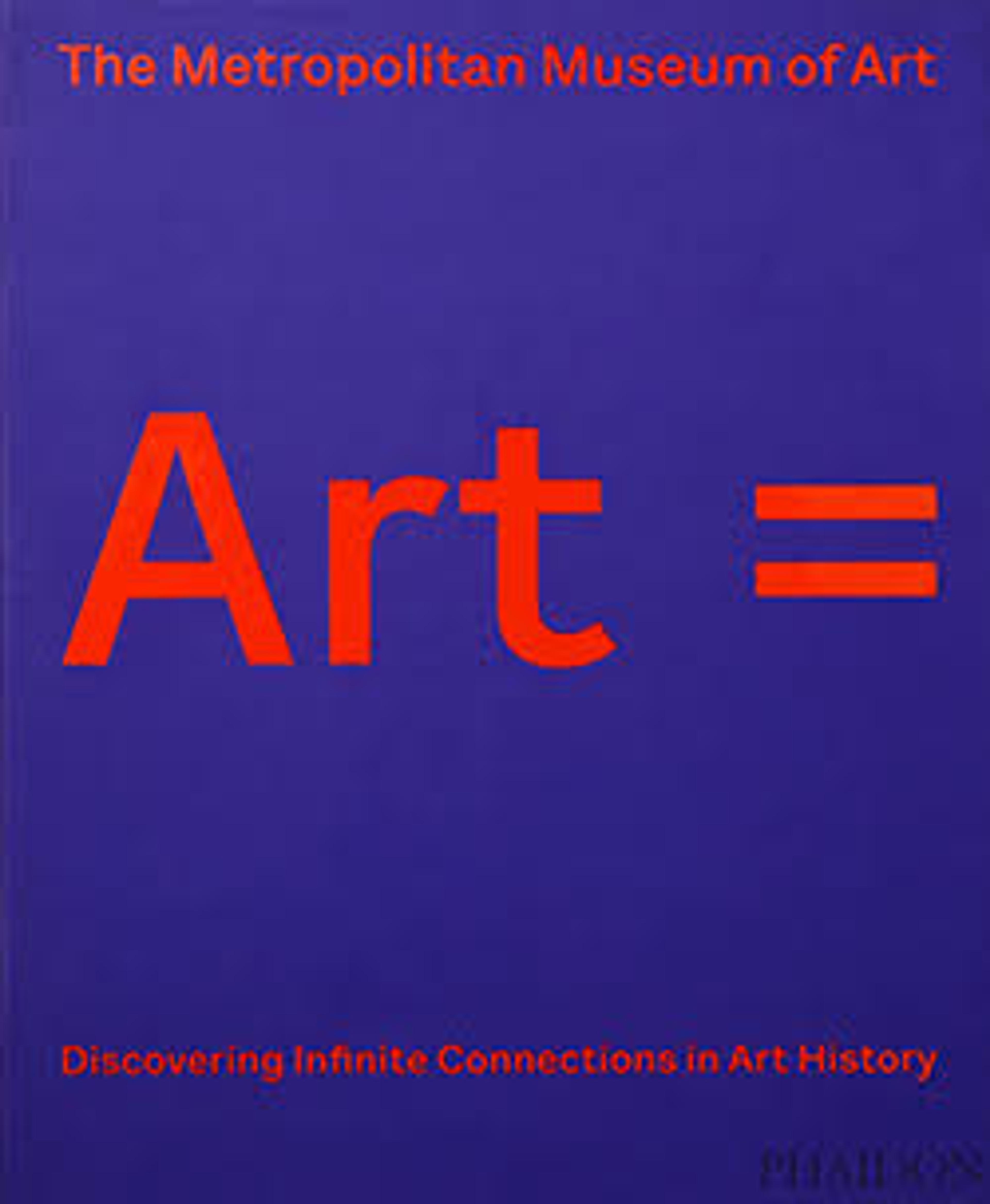Aquamanile in the Form of a Dragon
Aquamaniles, which are water vessels used for washing hands, served both liturgical and secular purposes. Those made in the shape of an animal are among the most distinctive products of medieval craftsmen. The most commonly seen zoomorphic aquamaniles are lions, but dragons, griffins, and many other forms were also produced (see acc. nos. 47.101.51, 1994.244).
This striking vessel represents a dragon, which is supported by its legs in front and on the tips of its wings behind, with a tail that curls up into a handle. It was filled through an opening in the tail, now missing its hinged cover. Water was poured out through the spout formed by the hooded or cowled figure held between the dragon's teeth. In addition to its visual power, this aquamanile is distinguished by fine casting, visible in the carefully chased dragon's scales and other surface details.
This striking vessel represents a dragon, which is supported by its legs in front and on the tips of its wings behind, with a tail that curls up into a handle. It was filled through an opening in the tail, now missing its hinged cover. Water was poured out through the spout formed by the hooded or cowled figure held between the dragon's teeth. In addition to its visual power, this aquamanile is distinguished by fine casting, visible in the carefully chased dragon's scales and other surface details.
Artwork Details
- Title: Aquamanile in the Form of a Dragon
- Date: ca. 1200
- Culture: North German
- Medium: Copper alloy
- Dimensions: 8 3/8 × 7 3/16 × 4 3/8 in., 4.4 lb. (21.3 × 18.3 × 11.1 cm, 2 kg)
wall thickness: 1/8 in. (0.3 cm) - Classification: Metalwork-Copper alloy
- Credit Line: The Cloisters Collection, 1947
- Object Number: 47.101.51
- Curatorial Department: Medieval Art and The Cloisters
More Artwork
Research Resources
The Met provides unparalleled resources for research and welcomes an international community of students and scholars. The Met's Open Access API is where creators and researchers can connect to the The Met collection. Open Access data and public domain images are available for unrestricted commercial and noncommercial use without permission or fee.
To request images under copyright and other restrictions, please use this Image Request form.
Feedback
We continue to research and examine historical and cultural context for objects in The Met collection. If you have comments or questions about this object record, please contact us using the form below. The Museum looks forward to receiving your comments.
